The steering system of your car is vital for both your comfort and safety when driving. The reason for this is that this system guarantees a smooth ride as your vehicle travels on any road.
Typically, people talk about their steering systems when it comes to vehicle maintenance. However, do you know what this system does? Do you know when to inspect the parts of this system?
How can you tell if your steering system is damaged in some way? Well, the answer is simple. You need to know how to inspect it properly.
1 What Does the Steering System Do?
First of all, you need to understand what a steering system does to your car. For those who don’t know, the steering system enables the driver to direct the car.
The steering system also guarantees that the wheels turn whenever the driver needs to turn them. Just like any system in your car, the steering system also requires routine maintenance and inspection. The reason for this is that any undetected issue in the steering system can make the car extremely dangerous to drive.
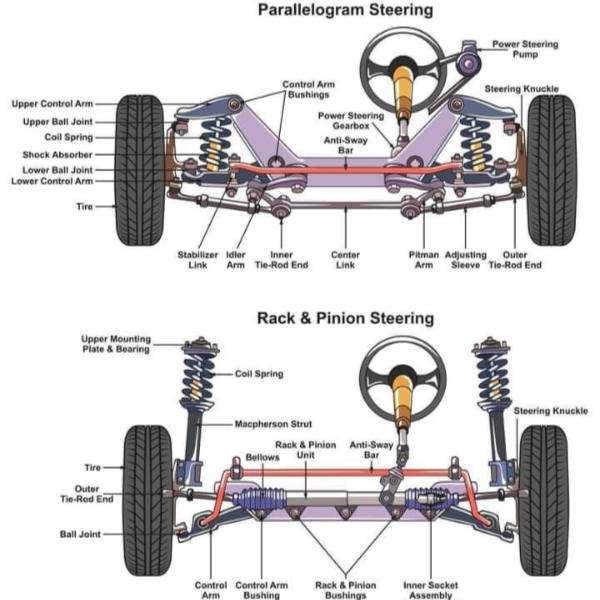
2 Reasons to Inspect Your Steering System Components
Keep in mind that regular driving and various road conditions create wear and tear on your steering system.
Because of this, every single part that makes up your steering system will deteriorate and weaken over time. These components can include steering linkage, coil springs, ball joints, control arm bushings, shocks, and struts.
This deterioration can result in instability in road handling. In addition to that, it can also lead to a loss of drivability, steering control, and ride comfort. Furthermore, excessive tire wear can also happen.
Having your steering system inspected by a reliable and reputable auto mechanic will help notify you of any issues before they become a major problem that can leave you stranded in the middle of the road
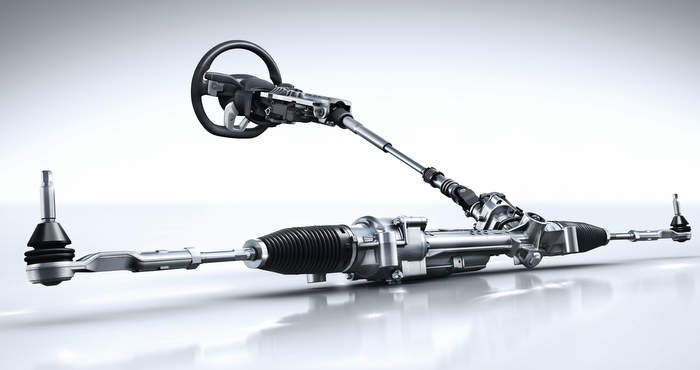
3 When Should You Inspect Your Steering System Components?
A lot of professionals would recommend that you schedule routine inspections of your steering systems. This is always a wise move, especially if you’re always using your car.
Keep in mind that it’s typically safer, cheaper, and easier to discover and repair an issue before it snowballs. Else, that small problem can become a major issue that will cost thousands of dollars to fix.
Professional mechanics recommend you inspect your steering system regularly.
First, you need to check your steering system on the following occasions:
- When you change your oil and filters.
- When you service your brakes.
- When you replace your tires.
- As part of your yearly car maintenance or each time your car is in for regular service and the steering system is accessible.
- Every 80,000 km or 50,000 miles.
Next, you also have to inspect your steering system if you’re involved in an accident where your suspension or front wheels are damaged. If this is the case, you need to inspect your whole steering and suspension systems for damage.
In addition to that, you should also inspect your steering system if you notice any difference in your steering or suspension after getting involved in a car accident.
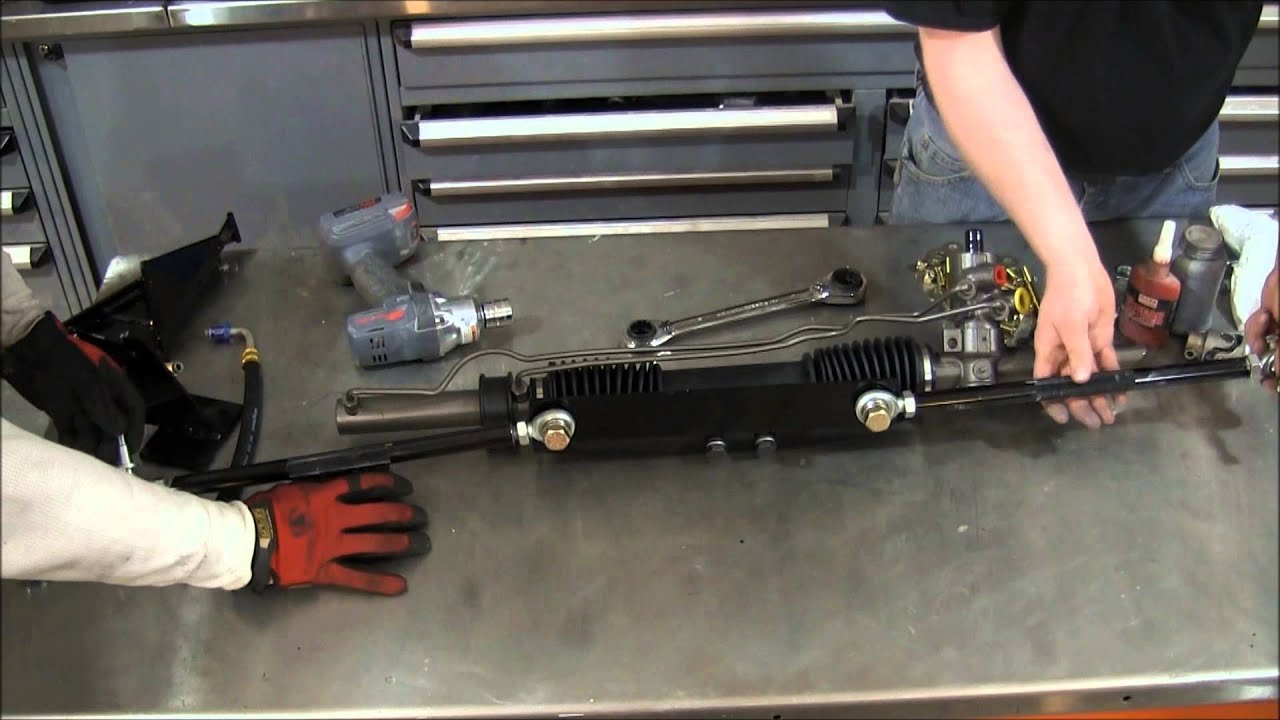
4 What Steering System Components Should You Inspect?
To know what maintenance is ideal and how frequently you should do it, it is very useful to know what components compose the steering system of a modern car.
1) Steering Knuckle
The steering knuckle is the actual pivot around which the wheels of the car turn. Every knuckle is connected to the car using 1-2 ball joints.
2) Tie Rods and Associated Components
A tie rod connects the steering box to every wheel assembly. Typically, it’s associated with a couple of other metal rods. However, the name of these rods varies on the type of steering box.
The purpose of the tie rod is to convey the turning force from the box to the wheel. Since the wheel has to travel down and up as the car drives over bumps, the tie rod is connected at every end using a flexible joint. This also helps to accommodate changes in the alignment of the wheel.
This joint is also known as the tie rod end. Unfortunately, the tie rod end usually deteriorates first before other components of the steering system.
3) Power Steering System
Nowadays, almost every vehicle, SUV, and small truck have power steering. There are also two types of power steering –electric power steering and hydraulic power steering.
Cars with electric power steering don’t have fluid lines or a pump. However, they include electric actuators that are integrated into the steering box.
On the other hand, cars with hydraulic power steering utilize a pump. This pump increases the pressure of the power steering fluid. It also includes a system of tubes and valves that guide the fluid to the steering box.
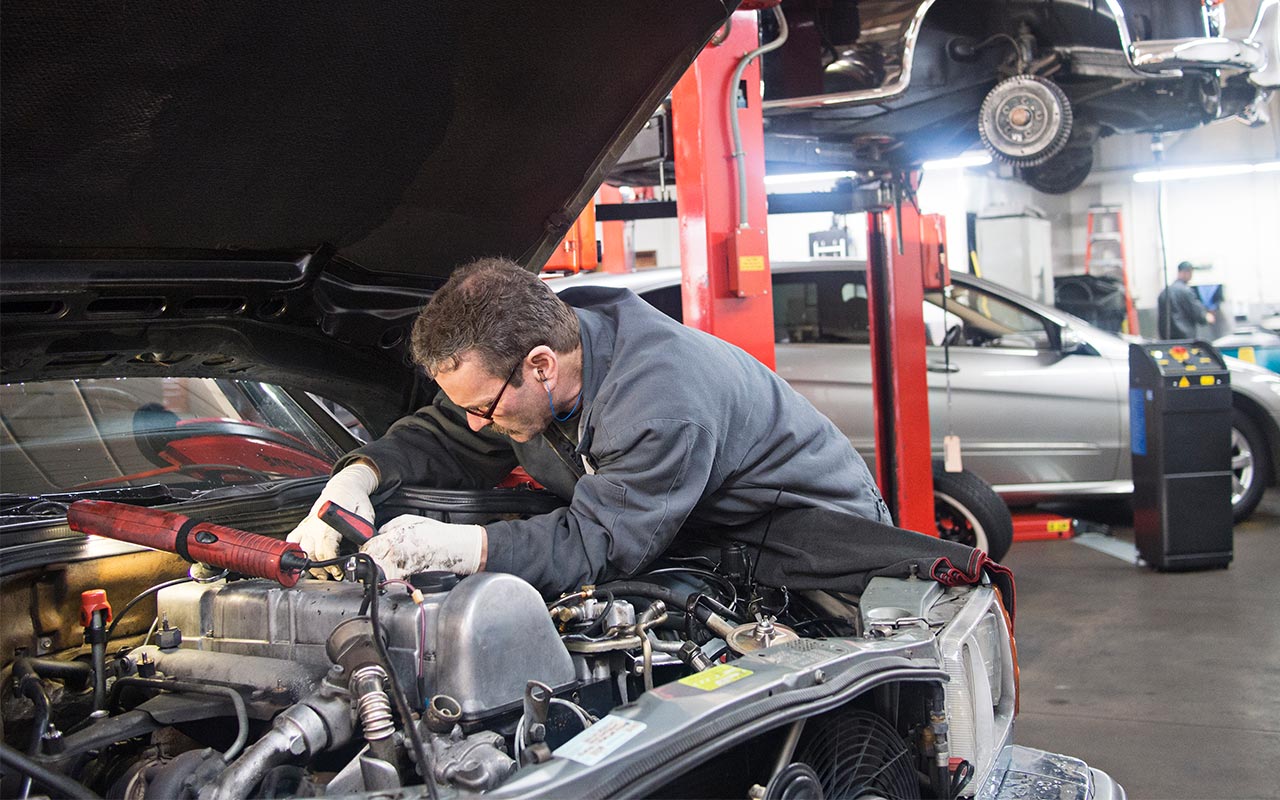
4) Steering Box
Keep in mind that there’s no formal name for this steering component. However, most mechanics would call it the steering box.
The steering box is the unit that transforms the circular movement of the steering wheel shaft into the linear motion that will turn the wheels of the car left or right.
Nowadays, various car models use different types of steering boxes. However, the most popular one is the rack and pinion steering system and the recirculating ball system.
One thing to note is that a steering box is a closed unit. Because of this, you won’t be able to see the components inside it.
5) Steering Wheel and Assembly
This is the component of a steering system that most people would see. It consists of the steering wheel itself. Aside from that, it is connected to a shaft that links the steering wheel to the steering box.
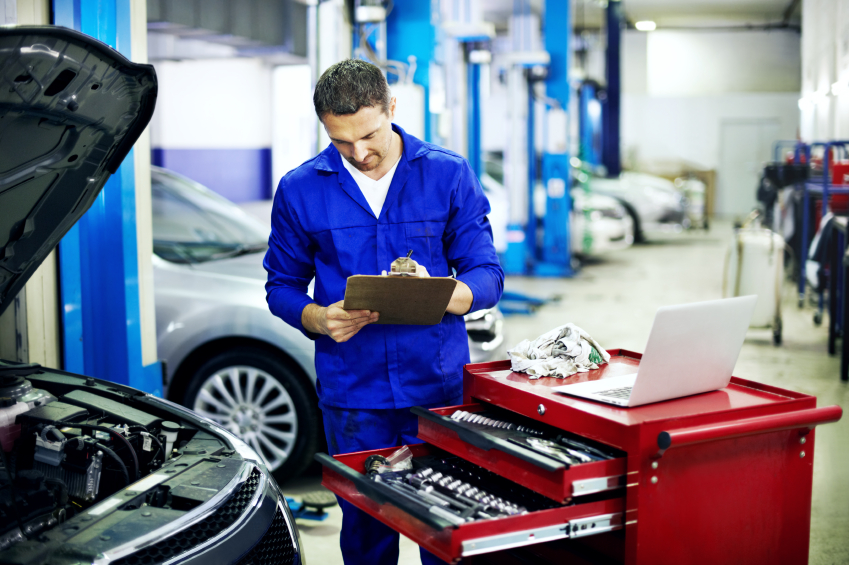
5 Do You Need to Replace Your Steering Rack?
It does not matter when or where you drive your car. It is extremely vital to make sure that you can reliably steer your car properly.
If you’ve got a faulty steering rack, it’s important to hire a mechanic for a steering rack repair. This will offer you peace of mind knowing that you can safely drive each time you are on the road.
Driving your vehicle with a steering issue is a safety concern. Aside from endangering yourself and your passengers, you’ll also be a risk to people around you.

6 Types of Steering System Inspection
Though any of the steering components can wear only, only some of them require routine maintenance and inspection. These components include:
1) General System Inspection
Every year, you need to inspect the whole steering system. You’ll have to check for leaks, especially if you have a hydraulic power steering system. You’ll also have to check for looseness.
Over time, the steering box of your car will deteriorate. If this happens, you’ll have to replace it. However, this might not occur until your vehicle has covered more than 100,000 miles.
If you do need to replace it, you have to make sure you purchase it from a reliable steering rack supplier.
2) Belt Inspection
If the steering pump of your power steering system is driven by a belt, there might be a dedicated drive belt for it. However, it can also be powered by the serpentine belt of the car.
Either way, you have to inspect the belt of your steering system for looseness. Professionals recommend you do this each time you go for an oil change.
3) Power Steering Fluid Change
A couple of hydraulic power steering systems need to have their fluid changed regularly. Professionals recommend you do it every 30,000 miles. However, some mechanics would also recommend you do it every 2 years.
However, the best recommendation depends on the make and model of your car. Thus, you have to read your owner’s manual for this.
4) Power Steering Fluid Inspection
If you’ve got a hydraulic power steering system, you have to inspect the level of the power steering fluid each time you change its oil.
You might want to add more as required if the fluid level is low. Also, if you notice that your fluid level is constantly low, you might have a leak that you need to inspect as well.
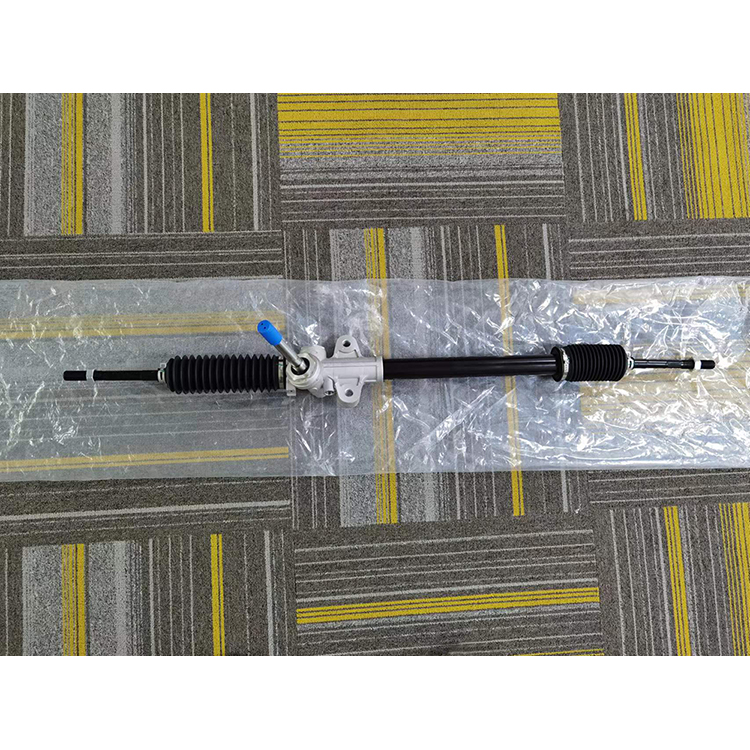
5) Ball Joint and Tie Rod Lubrication
Many years ago, ball joints and tie rod ends had to be regularly lubricated with grease. Thus, if your car still has this type of joint, it’s vital that you read the owner’s manual of your car to determine the schedule for this type of lubrication.
Luckily, almost every truck and car today features sealed ball joints and tie rod ends. Thus, you won’t have to worry about lubricating them anymore.
6) Ball Joint Inspection
Just like the tie rod ends, the ball joints of your steering system are joints that move each time you drive your vehicle. Because of this, they typically deteriorate faster compared to other components.
When you want to inspect the ball joints of your car, you have to check for damage or looseness. You also have to inspect this steering component each time you change the oil of your car.
Professionals also recommend you inspect the ball joints after any serious accident or after an alignment.
7) Tie Rod End Inspection
Every tie rod end is a joint that has to move each time your car turns or hits a bump. Since your vehicle will inevitably turn each time you drive it, the tie rod end is another steering component that deteriorates faster.
Since a broken tie rod end is extremely serious, it is vital to inspect them for damage or looseness quite frequently. If you don’t, you might notice that your car will not steer at all.
Most mechanics recommend you check the tie rod end of your car each time you change its oil. You should also do it after every alignment.
If you’re involved in an accident, you also have to inspect the tie rod ends. If you notice that the tie rod is loose, you will need to replace it as soon as possible. It’s a safety hazard to drive a vehicle with a broken or damaged tie rod end.
Almost every reputable steering rack supplier offers tie rod end replacement.
Keep in mind that each time your car is involved in an accident, it is extremely vital to inspect the steering system for damage.
Also, you need to examine your steering system if you notice a change in the steering of your car. This is particularly true if you feel that the steering wheel starts to move or shake on its own.
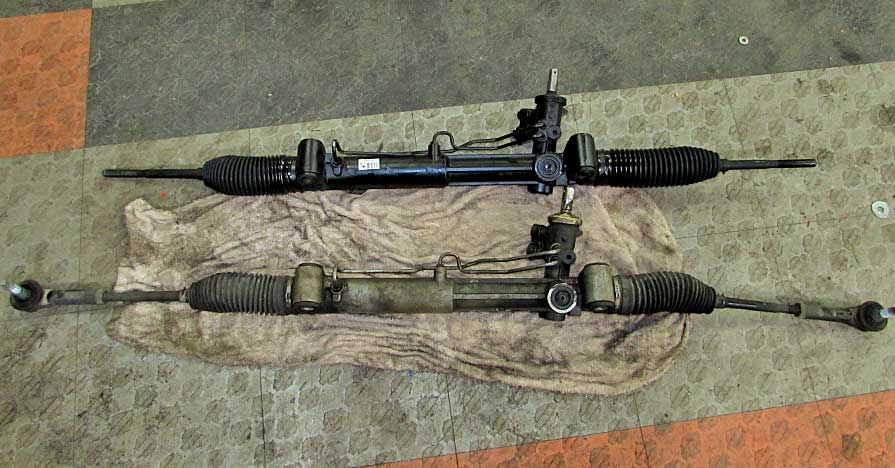
7 Signs of a Faulty Steering System
Oftentimes, the best way to determine whether or not you need to inspect your steering system is when you notice changes in how your car drives. A couple of indications to look out for include:
1) One Low Corner
To make things simple, you notice one corner of your vehicle is lower compared to the others. This is particularly noticeable when you unload and park your car on even ground.
2) Sounds from the Power Steering Unit
You have to inspect the steering system of your car if you notice a whining sound from the steering unit when you turn the wheels completely in a single direction.
3) Sounds When You Turn a Corner
You have to inspect the steering system of your vehicle if you notice squeaking, clunking, or knocking noise whenever you turn a corner.
4) Steering Wheel Wobbles
When you drive at a constant speed and your steering wheel begins to wobble from side to side, then you’ve got to inspect your steering system.
5) Steering Wheel Vibration
Your steering wheel shouldn’t vibrate a lot when you drive your car. If it does, you need to inspect your steering system for damage.
6) Steering Wheel Jerks
You need to inspect your steering system for damage when your steering wheel suddenly jerks at irregular intervals.
7) Vehicle Wanders on Its Own
When you don’t use your steering wheel, your car should drive straight. However, if it wanders on its own, it means that you’ve got an issue with your steering system.
Luckily, you’ll only notice this problem when the issue is severe.
8) Loose Steering
Another sign of a faulty steering system is when you feel that your steering wheel is sloppy and loose.
9) Hard Steering
Opposite to loose steering, this is when it becomes more difficult for you to turn your steering wheel.
10) Understeer or Oversteer
Another indication of a faulty steering system is when the front or the rear of your car loses traction when hitting a tight corner.
This issue is particularly noticeable when you’re driving on a slippery road.
Bump Steer
This issue usually occurs when your vehicle hits a bump and the wheels turn right or left without you turning the steering wheel.
Bumpy Ride
Another sign of a faulty steering system is when you’re not comfortable driving your car. You basically feel all the bumps on the road.
Bottom Out
Another sign of a faulty steering system is when your vehicle does not have enough suspension to absorb the bump it’s driving over and the tires hit the bottom of your vehicle.
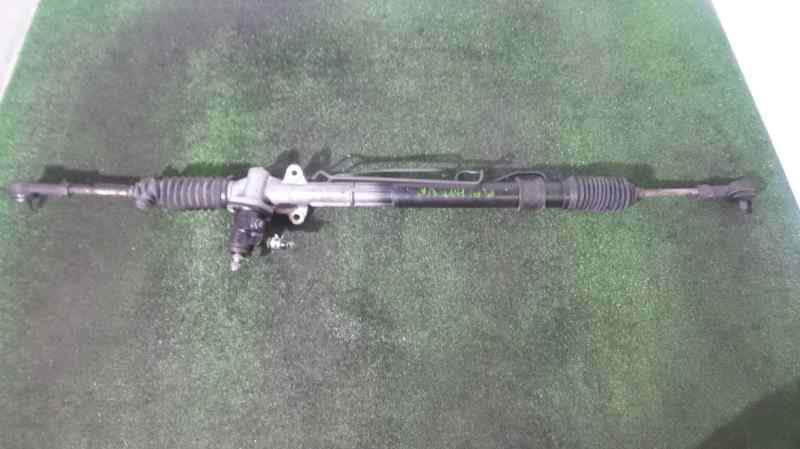
8 How to Inspect Steering Components?
Typically, it is better to fix a car issue early than to wait until it becomes a serious problem that can lead to accidents.
Of course, this general idea applies to your steering system. Fortunately, regular inspection and maintenance of your steering system are quite easy.
Typically, steering issues consist of fluid leaks, hard steering, noises, or handling difficulties. During your inspection, you have to pay close attention to a couple of items. This includes:
- If your car’s ball joints have a wear indicator, check to see if it has recessed into the housing. This indicates that you need to replace it.
You need to read the right repair manual for the correct ball joint replacement specs. You have to always follow the recommended measurement method by the car maker.
- Raise your vehicle and inspect for damage, wear, binding, travel, or excessive play to every steering component. You should not forget to check the steering wheel free play for excessive travel.
- Inspect the tension of the power steering pump belt. If the pump is not properly operating, the steering will be erratic or hard.
- Inspect for leakage at every steering component. This includes the bellows of the rack and pinion steering unit. Small leaks that might be hidden within the bellows can become a major issue down the line.
- Inspect the power steering pump shaft seal for indications of leakage. If you don’t fix this issue right away, it will only get worse. Oftentimes, it will result in your pump failing.
- Inspect the power steering fluid type and level. The wrong fluid type or level might result in severe problems with the system. This includes failure of the rack and pinion steering gear.
- Manually spin the wheels and inspect for imbalance or wobble. Wobble indicates an issue in the construction of the tire or damage to the rim.
Your wheel is probably out of balance if the tire always settles in the same position.
- Check the wheel bearings for damage. Manually rotate the wheel slowly and listen for any signs of odd noises. You can also feel the issue through the tire if the damage is severe.
- Check the tires for proper inflation pressure and ensure they are all the same size. Low-pressure tire or heavy tread wear can often result in difficulty in steering.

9 Conclusion
Concluding all of this, you can clearly see that inspecting two steering system components is very important as this is where functionality, productivity, and safety depend. Make sure you remember all of the things we have talked about in this article and you will be good to go.
The Previous Articles: Steering rack Diagram What Is Rack and Pinion Bushing? How To Tell If Rack and Pinion Bushings Are Bad? Why Steering Rack Makes Noise When Turning? How To Rebuild A Steering Rack? What Is A Rotary Valve Power Steering Rack? Rack And Pinion System Vs Power Steering System: What Are The Differences? Power Steering Rack Market Analysis Report (Japan Market) What Causes Steering Rack to Go Bad? Design Of Car Rack And Pinion Steering Racks What Is The Intelligent Steering Rack Used By VW, Toyota, Honda And Renault?

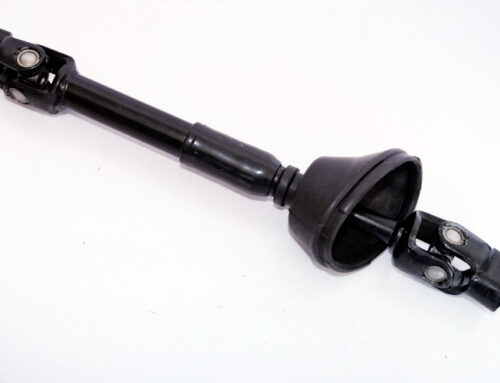
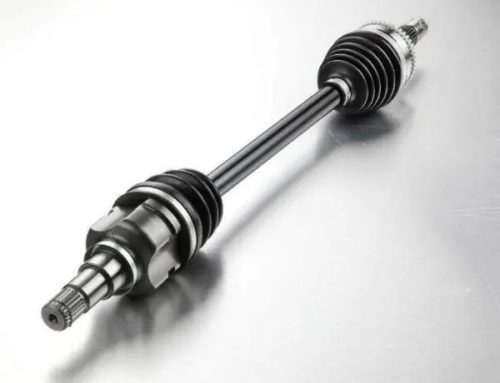
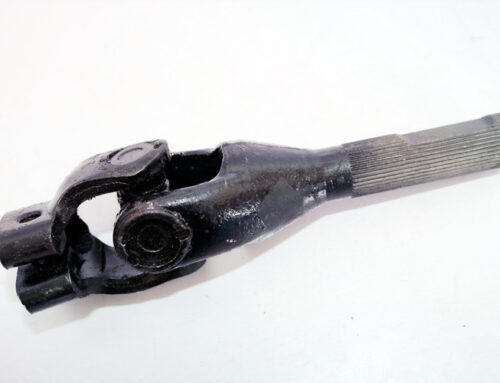
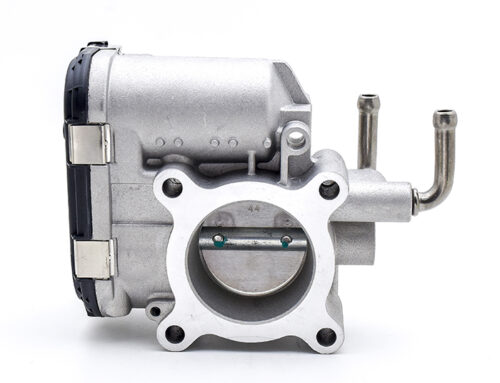
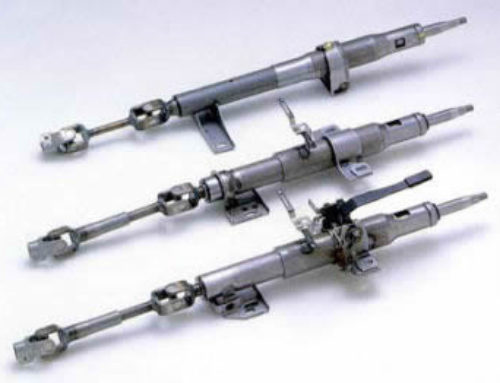
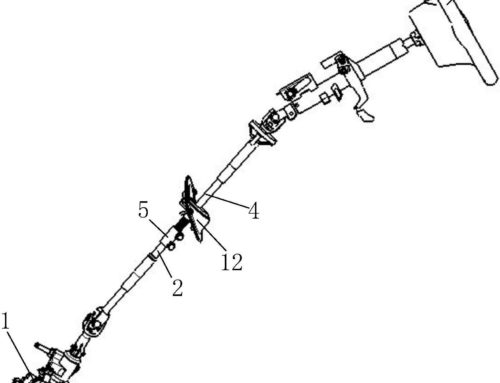
Leave A Comment